The United Nations first observed International Women’s Day on March 8, 1975 and its history can be traced earlier. The observance emerged from from the labor movement in 1909, when the Socialist Party of America designated February 28 to honor of the 1908 garment workers’ strike in New York, where women protested against unfair working conditions.
The official website for the day provides a timeline, excerpted here:
1909
In accordance with a declaration by the Socialist Party of America, the first National Woman’s Day (NWD) was observed across the United States on 28 February. Women continued to celebrate NWD on the last Sunday of February until 1913.
1910
In 1910 a second International Conference of Working Women was held in Copenhagen.
A woman named Clara Zetkin (Leader of the ‘Women’s Office’ for the Social Democratic Party in Germany) tabled the idea of an International Women’s Day. She proposed that every year in every country there should be a celebration on the same day — a Women’s Day — to press for their demands.
The conference of over 100 women from 17 countries, representing unions, socialist parties, working women’s clubs — and including the first three women elected to the Finnish parliament — greeted Zetkin’s suggestion with unanimous approval and thus International Women’s Day was the result.
1911
 Following the decision agreed at Copenhagen in 1911, International Women’s Day was honoured the first time in Austria, Denmark, Germany, and Switzerland on March 19. More than one million women and men attended IWD rallies campaigning for women’s rights to work, vote, be trained, to hold public office, and end discrimination.
Following the decision agreed at Copenhagen in 1911, International Women’s Day was honoured the first time in Austria, Denmark, Germany, and Switzerland on March 19. More than one million women and men attended IWD rallies campaigning for women’s rights to work, vote, be trained, to hold public office, and end discrimination.
However less than a week later on March 25, the tragic Triangle Fire in New York City took the lives of more than 140 working women, most of them Italian and Jewish immigrants.
This disastrous event drew significant attention to working conditions and labor legislation in the United States that became a focus of subsequent International Women’s Day events. 1911 also saw the Bread and Roses campaign and the Bread and Roses Strike (in 1912) with a majority of women textile workers.
Read “How to restore the radical origins of International Women’s Day: The 1974 program shows how the day could move from honoring past progress to inspiring future change” by Tiana U. Wilson in The Washington Post.
Teach about the role of Black women in the long and ongoing fight for voting rights.
For Women’s History Month, we feature profiles of women in the labor movement. View more resources women’s history and labor history.



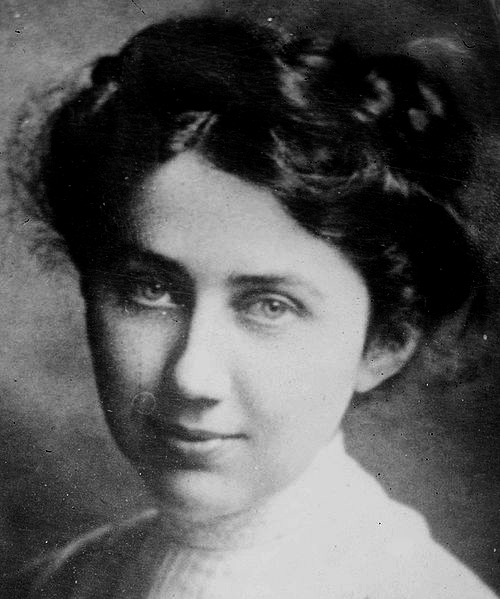
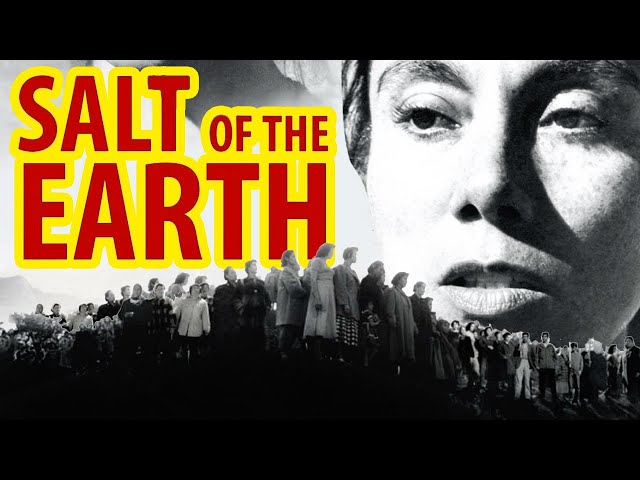


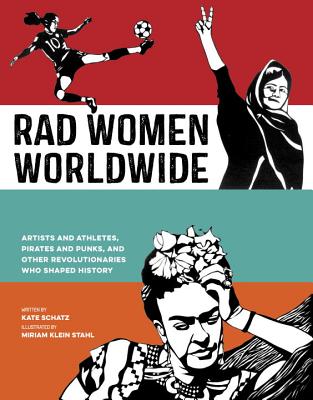
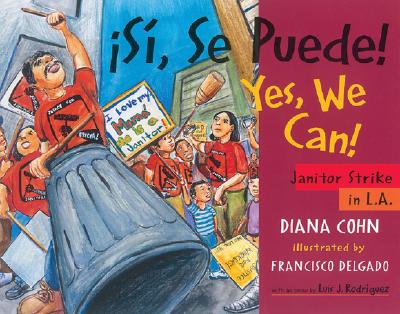
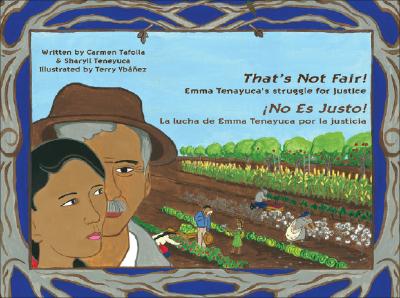

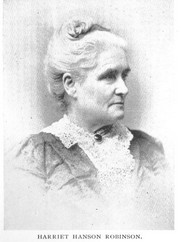
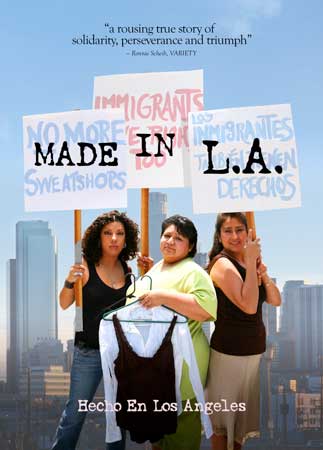

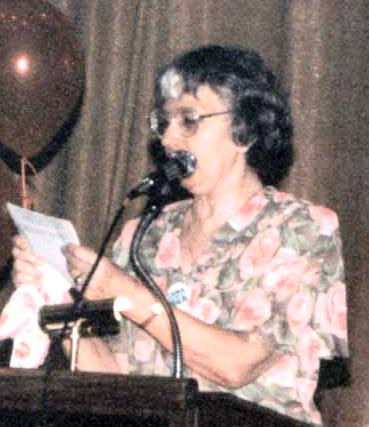
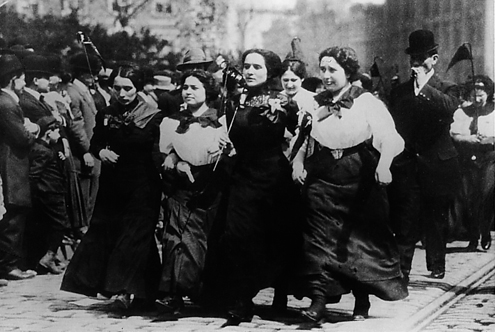
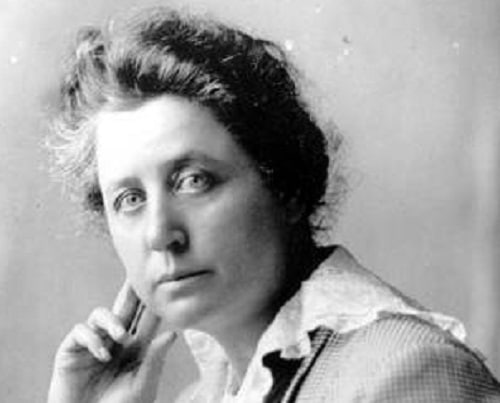
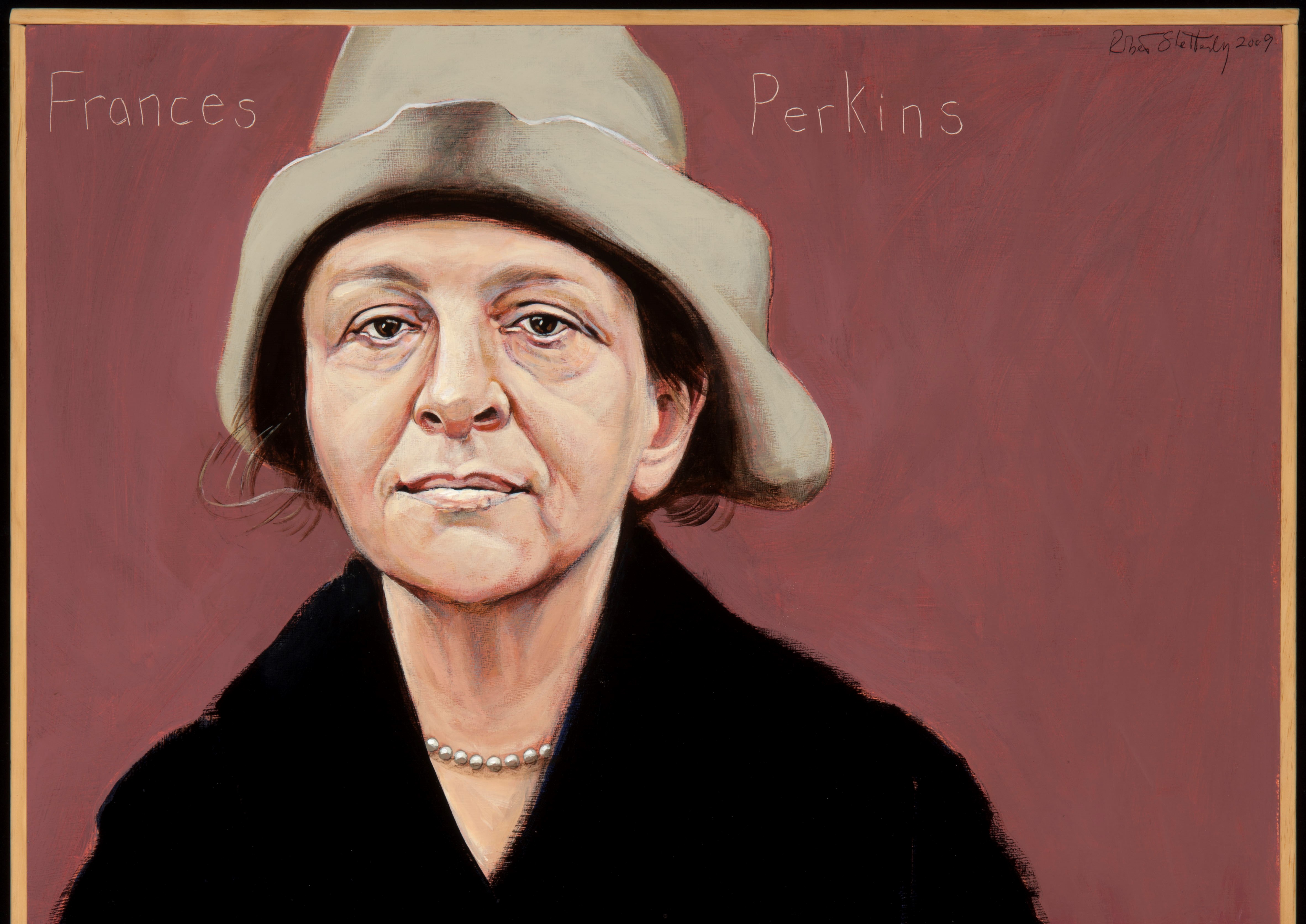
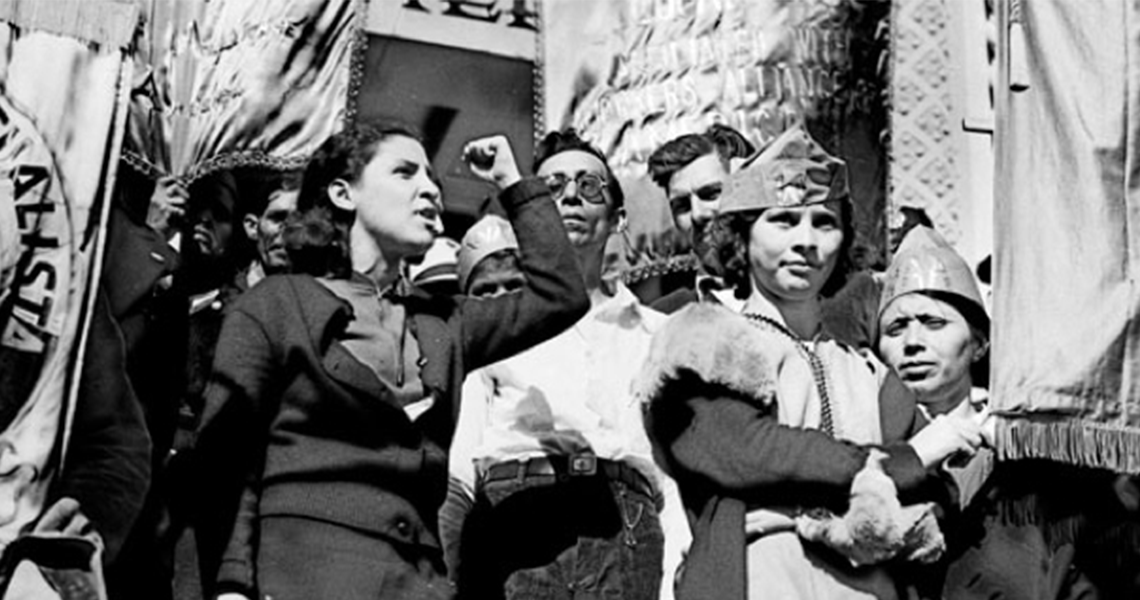





Twitter
Google plus
LinkedIn